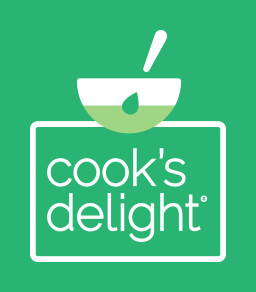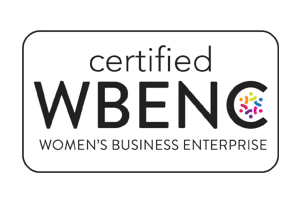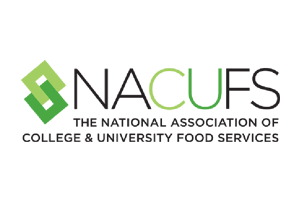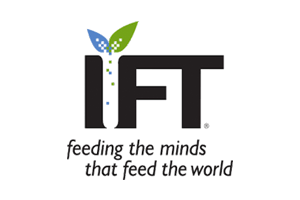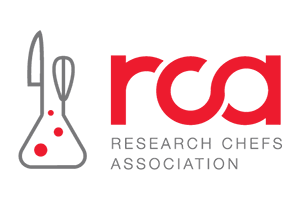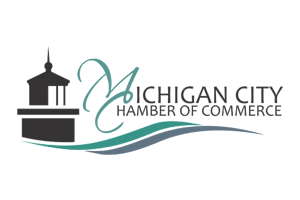‘Clean eating’ is the New Norm
IFT17 featured new dimensions to the clean label and natural trends
Clean label has become the industry standard among most food and beverage manufacturers and ingredient suppliers. During IFT17, the Institute of Food Technologists’ annual meeting and food exposition, held June 25-28 in Las Vegas, the influence of the trend was readily apparent.
In addition to offering solutions that fit the many definitions of clean label, many exhibitors at the show were discussing consumer research they conducted that they hope better clarifies how the trend may evolve.
“We’re trying to evolve the discussion beyond clean to clear label,” said Mark Rainey, vice-president of global food marketing for Archer Daniels Midland Co., Chicago.
Mr. Rainey defined “clear labeling” as starting from zero and reformulating a product from the ground up with an eye toward achieving transparency.
“Transparency is the next evolution,” he said. “It means developing and delivering on what the consumer expects.”
Consumer research presented by Kerry, Beloit, Wis., showed that “all-natural,” “non-G.M.O.” and “no additives or preservatives” are the most common product attributes consumers associate with clean label. The study included survey research with more than 2,600 respondents across the United States, the United Kingdom, France and Germany.
“Clean label has been a purchase driver for more than five years, yet confusion still abounds among consumers as well as manufacturers and brands looking to meet consumers’ needs,” said Renetta Cooper, business development director at Kerry. “Building on our legacy of market insights, we’re working to pinpoint consumers’ specific drivers as they relate to clean label and understand the commercial opportunities related to those drivers.”
While more than half of consumers surveyed reported being familiar with the phrase “clean label,” just 38% indicated a strong understanding of its definition. Respondents related such product attributes as “farm grown” to “sustainably produced” to “minimally processed” and “made with real ingredients” to “clean label.”
“It’s interesting how this is evolving,” Ms. Cooper said. “It suggests a movement in society about what we see as really being important.
“There is a health halo associated with clean label. Consumers see fewer things on the label as being better for them. The challenge we face is if something is taken out, the taste of the product can’t change.”
Ingredient supplier Kemin, Des Moines, Iowa, presented consumer research developed in conjunction with Harris Poll that showed some consumers make purchases based on specific health factors or claims they equate with levels of sodium, sugar or fat content. The research also included ingredient comparisons that showed consumers prefer ingredient labels that are shorter.
“Most often consumers are still looking at labels for health,” said Courtney Schwartz, marketing manager for the food technologies division of Kemin. “They are also looking for natural and organic claims and staying away from the word preservative.”
Naturally-sourced ingredients are increasing in popularity when compared to chemically-derived ingredients, according to research conducted by Kalsec, Kalamazoo, Mich. The ingredient supplier conducted two surveys to determine consumer preferences. In the first, consumers were asked about which phrases they preferred on an ingredient label: “natural flavor” or TBHQ? Half of the consumers indicated a preference for an ingredient. Of those stating a preference, 9 out of 10 chose natural flavor over TBHQ.
Kalsec took the research a step further in a separate survey that asked consumers if they preferred the phrase “rosemary extract” or “natural flavor” on ingredient panels. Most of the respondents preferred natural flavor, but one demographic group stood out. Of millennial consumers who expressed a preference, almost two-thirds chose rosemary extract over natural flavor.
“We see a tendency of millennials to focus on transparency,” said Gary Augustine, executive director of market development for Kalsec. “Natural flavor gets good marks for its appeal to consumers. It resonates with them. But we could be seeing an evolution if the trend evolves to transparency.”
Tasting the rainbow
Skittles manufacturer Mars, Inc. may have been ahead of its time when it started using the tag line “taste the rainbow.” Social media and the success of such phenomena as Starbucks’ Unicorn Frappuccino are showing product developers the power colors may have on consumer perception and interest in new food and beverage products. There is, however, a catch, said Jennifer Zegler, global food and drink analyst with the market research firm Mintel International. The ingredients used to make the colors must be sourced from raw materials perceived as clean and simple.
Ms. Zegler said during a June 26 presentation at IFT17 that Mintel analysts are hearing more from consumers about “eating their colors,” but she was quick to add it is not a new trend. In the 1940s, the U.S. Department of Agriculture published a “food color wheel” that encouraged consumers to bring a variety of foods into their diets.
“We see more opportunity for plant-based ingredients beyond flavor,” Ms. Zegler said. “There is an opportunity to engage the consumer’s senses and make things more physically engaging.”
Areas of the world where the trend is established, she said, is in Japan and South Korea.
“Both countries are a model to follow for this trend,” she said, “and we see this model emerging around the world.”
One company embracing the trend is Plum Organics, a business unit of the Campbell Soup Co., which is marketing a line of children’s products branded as Eat Your Colors pouches. The products are available in six varieties, including white, red, green, purple, orange and yellow. The products feature such ingredients as strawberry, apple, rhubarb and oats (orange); cherry, purple carrot, blackberry and millet (yellow); and sweet potato, apricot, papaya and cardamom (white).
Ms. Zegler said the Plum Organics line is an example of a company using color-coded recipes to help get fruits and vegetables into the diets of children.
As the trend toward color evolves, Ms. Zegler noted food and beverage product developers are experimenting with various fruits and vegetables. She said beets are coming back into vogue, citing the inclusion of the ingredient in products like Dreyer’s Cake and Cookie Fantasy frozen yogurt and Del Monte red beet vegetable noodles that are offered in Canada.
But she also called beets “polarizing” among consumers and showed consumer response data that highlighted the positive and negative feelings consumers have about beets.
Blood orange was cited as trending among new product introductions, but Ms. Zegler said some consumers have a negative response to the name.
“This may be an instance where we need to give it a new name,” she said.
Two colors that may start trending soon are purple and grey, Ms. Zegler said. Product developers are starting to work with ube, a purple Filipino sweet potato, and they are using black sesame to add a greyish tinge to food products.
Reprinted with the permission of Food Business News.
Find out more about Cook’s Delight® variety of 31 clean label soup bases
